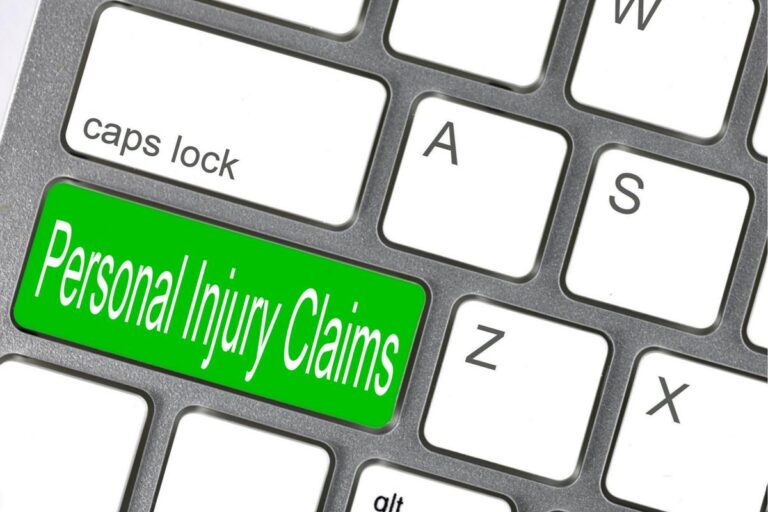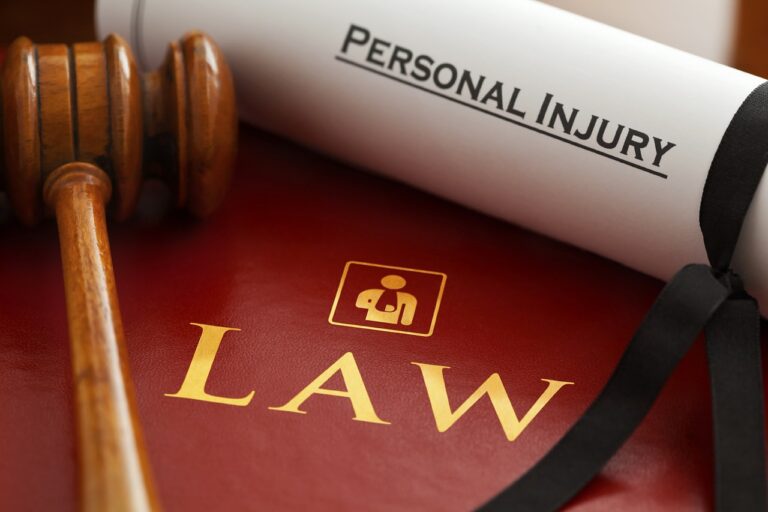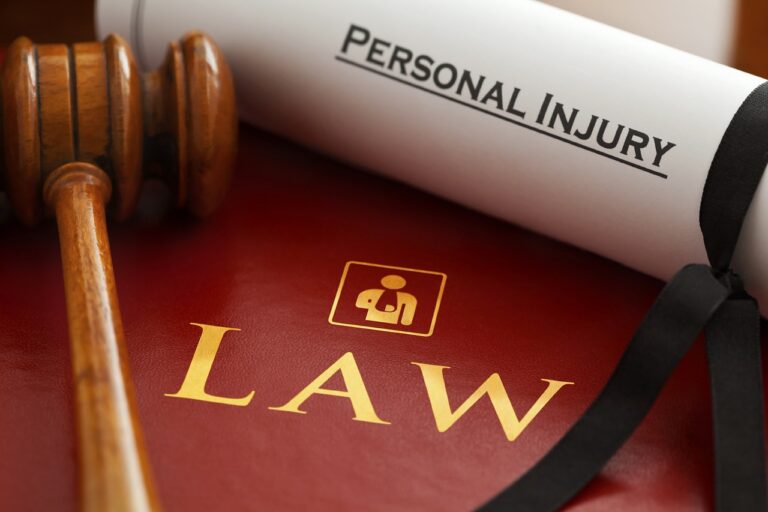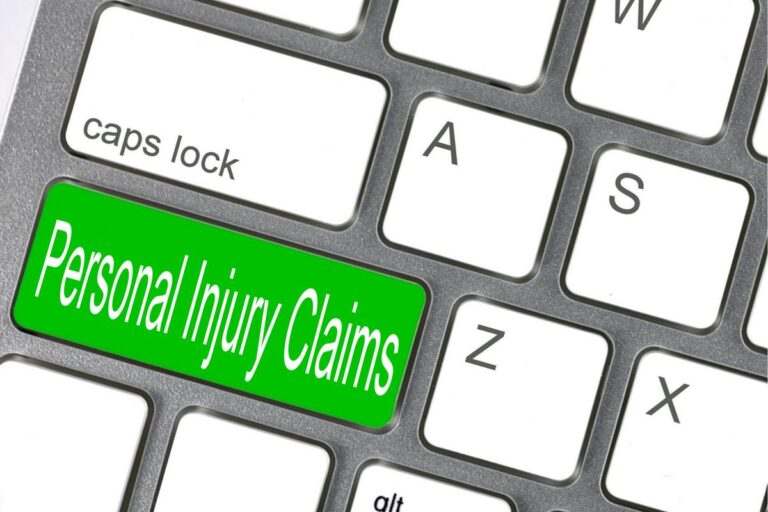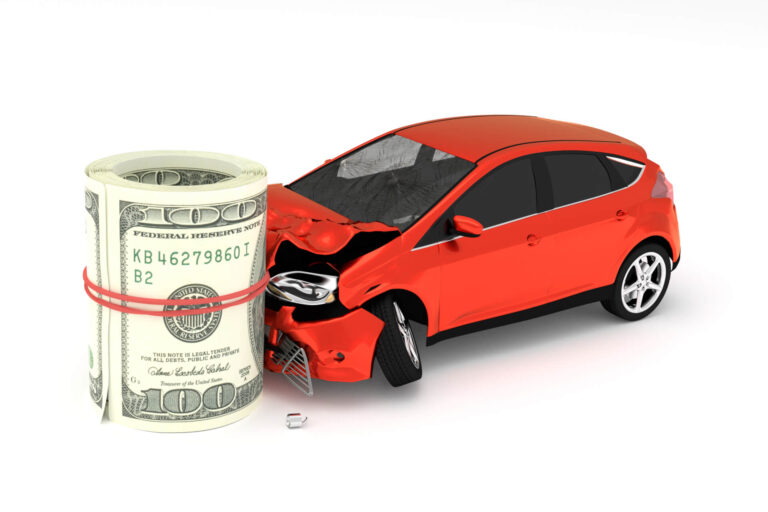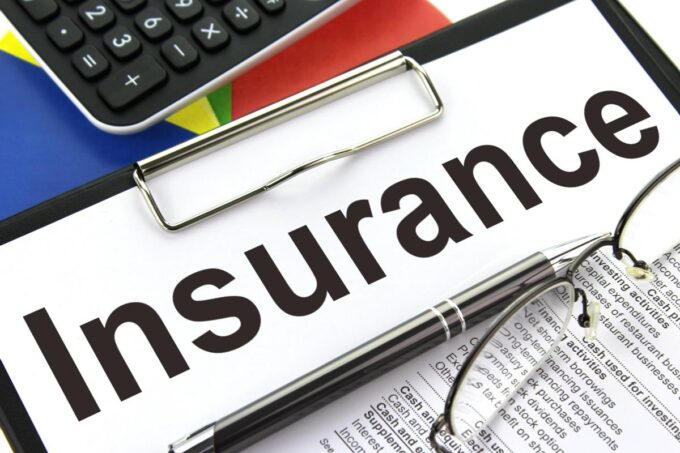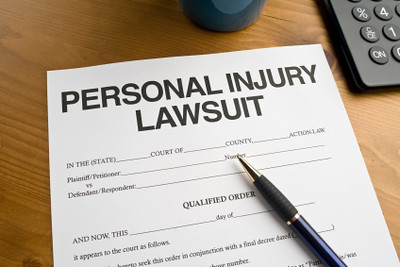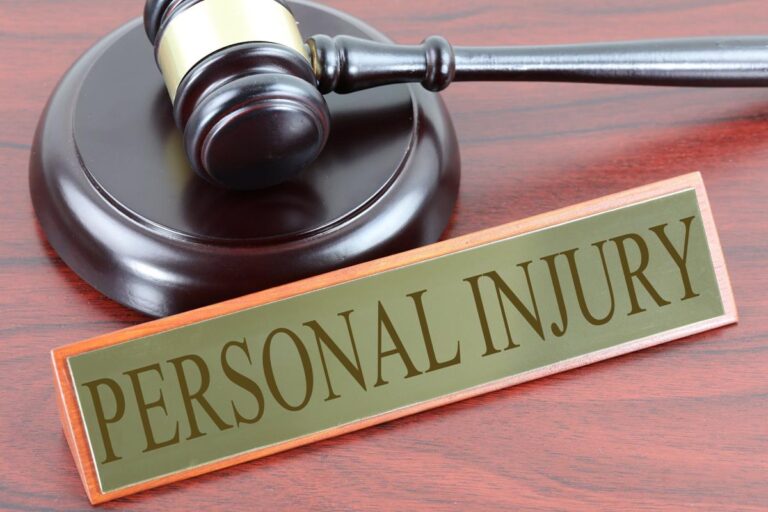Overview
Definition of personal injury cases
Personal injury cases refer to legal disputes that arise when an individual suffers harm or injury due to the negligent or intentional actions of another party. These cases typically involve physical injuries, but can also include emotional or psychological harm. The main objective of personal injury cases is to seek compensation for the damages and losses incurred as a result of the injury. This can include medical expenses, lost wages, pain and suffering, and other related costs. Personal injury cases can arise from various situations such as car accidents, slip and falls, medical malpractice, product defects, and workplace accidents. It is important to consult with a personal injury lawyer to understand your rights and navigate the legal process in order to obtain a fair settlement or verdict.
Importance of understanding different types of personal injury cases
Understanding the different types of personal injury cases is crucial for several reasons. First, it allows individuals to have a better grasp of their legal rights and options in case they become victims of personal injury. By knowing the different types of personal injury cases, individuals can determine whether their situation falls under a specific category and seek appropriate legal representation. Additionally, understanding the different types of personal injury cases helps individuals understand the potential compensation they may be entitled to. Different types of personal injury cases may have varying levels of compensation, and having this knowledge can help individuals make informed decisions about pursuing a legal claim. Lastly, understanding the different types of personal injury cases enables individuals to navigate the legal process more effectively. By knowing the specific requirements and procedures associated with their type of personal injury case, individuals can better prepare themselves and increase their chances of a successful outcome. Overall, having a comprehensive understanding of the different types of personal injury cases is essential for anyone who wants to protect their rights and seek justice in the event of a personal injury.
Common causes of personal injury cases
Personal injury cases can arise from a variety of common causes. One of the most prevalent causes is car accidents, which can result in severe injuries and long-term disabilities. Slip and fall accidents are another common cause, often occurring due to hazardous conditions such as wet floors or uneven surfaces. Medical malpractice is also a frequent cause of personal injury cases, where negligence or errors by healthcare professionals lead to harm or wrongful death. Additionally, product liability cases can arise from defective or dangerous products that cause injury or illness. Finally, workplace accidents, including construction site mishaps or exposure to hazardous substances, can also give rise to personal injury cases. It is important to understand these common causes in order to protect oneself and seek appropriate legal recourse if injured.
Car Accidents

Types of car accidents
Car accidents can occur in various ways, resulting in different types of personal injury cases. Some common types of car accidents include rear-end collisions, side-impact collisions, head-on collisions, and rollover accidents. Rear-end collisions happen when a vehicle crashes into the back of another vehicle, often due to following too closely or distracted driving. Side-impact collisions, also known as T-bone accidents, occur when the front of one vehicle collides with the side of another vehicle, often at intersections. Head-on collisions happen when two vehicles collide front-end to front-end, usually resulting in severe injuries. Rollover accidents occur when a vehicle flips onto its side or roof, often due to high-speed turns or swerving. Each type of car accident can lead to different injuries and legal considerations, making it important to understand the specific circumstances surrounding each case.
Determining fault in car accident cases
Determining fault in car accident cases is a crucial aspect of personal injury litigation. When it comes to car accidents, establishing who is at fault is essential for determining liability and seeking compensation. Various factors are taken into consideration when determining fault, such as traffic laws, eyewitness accounts, police reports, and expert opinions. In some cases, it may be clear-cut, with one party clearly responsible for the accident. However, in other instances, fault may be more difficult to establish, requiring a thorough investigation and analysis of the evidence. Ultimately, a fair and accurate determination of fault is crucial for ensuring that the injured party receives the compensation they deserve.
Compensation in car accident cases
In car accident cases, compensation plays a crucial role in helping victims recover from their injuries and financial losses. When someone is injured in a car accident due to the negligence of another party, they may be entitled to various types of compensation. This can include medical expenses, lost wages, pain and suffering, and property damage. The amount of compensation awarded will depend on the severity of the injuries, the impact on the victim’s life, and other factors. It is important for car accident victims to seek legal representation to ensure they receive the full compensation they deserve.
Slip and Fall Accidents

Causes of slip and fall accidents
Slip and fall accidents can be caused by various factors. One common cause is wet or slippery surfaces, such as a wet floor or icy sidewalk. Another cause is uneven or poorly maintained surfaces, such as cracked pavements or loose floorboards. Inadequate lighting can also contribute to slip and fall accidents, as it can make it difficult for individuals to see potential hazards. Additionally, cluttered or obstructed walkways can increase the risk of accidents. It is important to be aware of these causes and take necessary precautions to prevent slip and fall accidents.
Responsibility of property owners in slip and fall cases
In slip and fall cases, property owners have a responsibility to maintain a safe environment for visitors. They are required to regularly inspect their premises, identify potential hazards, and take necessary steps to prevent accidents. This includes addressing issues such as uneven surfaces, wet floors, inadequate lighting, and other dangerous conditions. If a property owner fails to fulfill their duty of care and someone is injured as a result, they may be held liable for the damages. It is important for individuals who have been involved in a slip and fall accident to seek legal advice to understand their rights and options for pursuing a personal injury claim.
Proving negligence in slip and fall cases
Proving negligence in slip and fall cases is crucial in personal injury lawsuits. In order to establish negligence, the plaintiff must show that the property owner or occupier failed to uphold their duty of care, resulting in the slip and fall accident. This can be done by demonstrating that the owner knew or should have known about the hazardous condition and failed to address it in a timely manner. Additionally, the plaintiff must prove that their injuries were directly caused by the dangerous condition. Gathering evidence such as photographs, witness testimonies, and medical records can strengthen the case and increase the chances of a successful outcome.
Medical Malpractice

Types of medical malpractice cases
Medical malpractice cases are a specific type of personal injury case that involve negligence or wrongdoing by healthcare professionals. These cases can arise from a variety of situations, including surgical errors, misdiagnosis or failure to diagnose a medical condition, medication errors, birth injuries, and anesthesia errors. In medical malpractice cases, it is important to establish that the healthcare professional failed to provide the standard of care expected in their field, and that this failure directly caused harm or injury to the patient. Medical malpractice cases can be complex and require the expertise of experienced attorneys who specialize in this area of law.
Elements of a medical malpractice claim
In a medical malpractice claim, there are several key elements that must be established in order to prove negligence. First, it must be shown that there was a doctor-patient relationship, meaning that the injured party was under the care of the defendant healthcare provider. Second, it must be demonstrated that the healthcare provider breached the standard of care, meaning they failed to provide treatment that a reasonably competent healthcare provider would have provided in similar circumstances. Third, it must be proven that this breach of the standard of care caused harm or injury to the patient. Finally, the patient must show that they suffered damages as a result of the healthcare provider’s negligence, such as medical expenses, lost wages, or pain and suffering. These elements are essential in building a strong medical malpractice claim and seeking compensation for the injuries suffered.
Damages in medical malpractice cases
Damages in medical malpractice cases can vary depending on the specific circumstances of the case. These damages may include compensation for medical expenses, lost wages, pain and suffering, and other related costs. In some cases, punitive damages may also be awarded to punish the negligent party. It is important for individuals who have been victims of medical malpractice to consult with an experienced attorney who can help them understand their rights and pursue the compensation they deserve.
Product Liability

Types of product liability cases
Product liability cases are a specific type of personal injury case that involves injuries or damages caused by a defective product. These cases can arise from various situations, such as manufacturing defects, design defects, or inadequate warnings or instructions. In a product liability case, the injured party must prove that the product was defective and that the defect caused their injuries or damages. This can be a complex and challenging task, as it often requires expert testimony and extensive investigation. However, product liability cases are important in holding manufacturers accountable for the safety of their products and providing compensation to those who have been harmed.
Proving product defects
Proving product defects is a crucial aspect of personal injury cases. When a person is injured due to a defective product, they must establish that the product was defective and that the defect caused their injury. This can be a complex process that requires gathering evidence, consulting experts, and presenting a strong case. The burden of proof is on the injured party to demonstrate that the product had a defect that made it unreasonably dangerous, and that the defect was the direct cause of their injuries. Proving product defects is essential in holding manufacturers and sellers accountable for the harm caused by their defective products.
Manufacturer and seller liability in product liability cases
Manufacturer and seller liability in product liability cases refers to the legal responsibility that manufacturers and sellers have when their products cause harm or injury to consumers. In these cases, the manufacturer or seller may be held liable for any damages or injuries resulting from defects in the product, failure to warn consumers about potential risks, or negligence in the manufacturing or distribution process. This type of liability is important in ensuring consumer protection and holding accountable those responsible for producing and selling unsafe products. It is crucial for individuals who have suffered injuries due to defective products to understand their rights and seek legal recourse to obtain compensation for their damages.
Workplace Accidents

Common workplace accidents
Workplace accidents are unfortunately common occurrences that can result in personal injury cases. These accidents can happen in various industries and can range from minor incidents to severe accidents. Some common workplace accidents include slips and falls, machinery accidents, exposure to hazardous substances, and transportation accidents. Employers have a responsibility to provide a safe working environment and take necessary precautions to prevent these accidents. However, when workplace accidents do occur, it is important for individuals to understand their rights and seek legal recourse if necessary.
Employer responsibilities in workplace accident cases
In workplace accident cases, employers have specific responsibilities to ensure the safety and well-being of their employees. These responsibilities include providing a safe working environment, training employees on safety procedures, and maintaining and inspecting equipment regularly. If an employee is injured in a workplace accident, the employer may be held liable if they failed to fulfill these responsibilities. It is important for employers to be aware of their obligations and take proactive measures to prevent accidents and injuries in the workplace.
Workers’ compensation for workplace accidents
Workers’ compensation is a type of insurance that provides benefits to employees who suffer injuries or illnesses while on the job. It is designed to cover medical expenses, lost wages, and rehabilitation costs for workers who are injured in workplace accidents. In the case of workplace accidents, workers’ compensation can provide financial support to employees and their families during the recovery process. This type of personal injury case focuses on ensuring that injured workers receive the necessary compensation and support to recover from their injuries and return to work.
